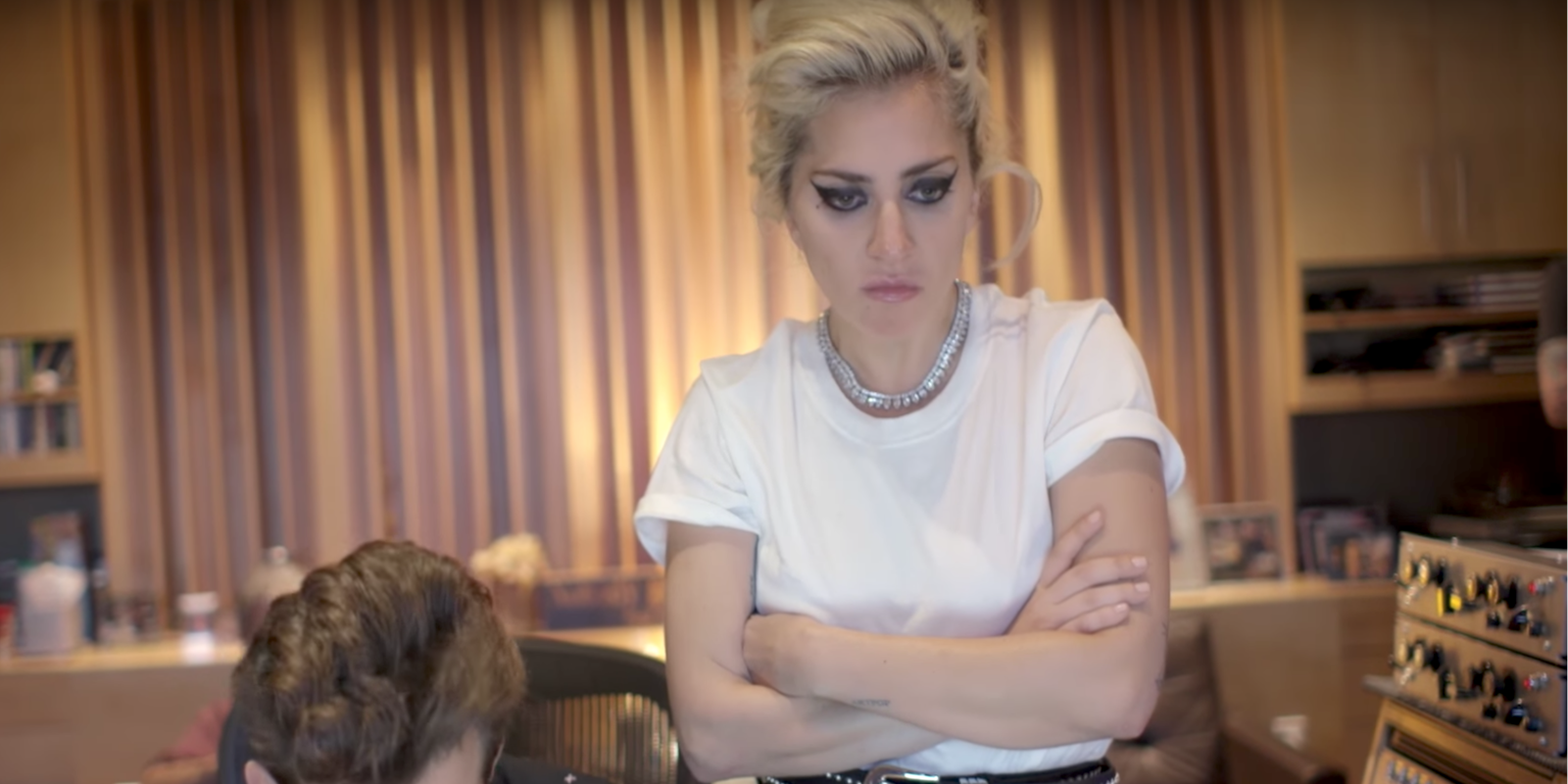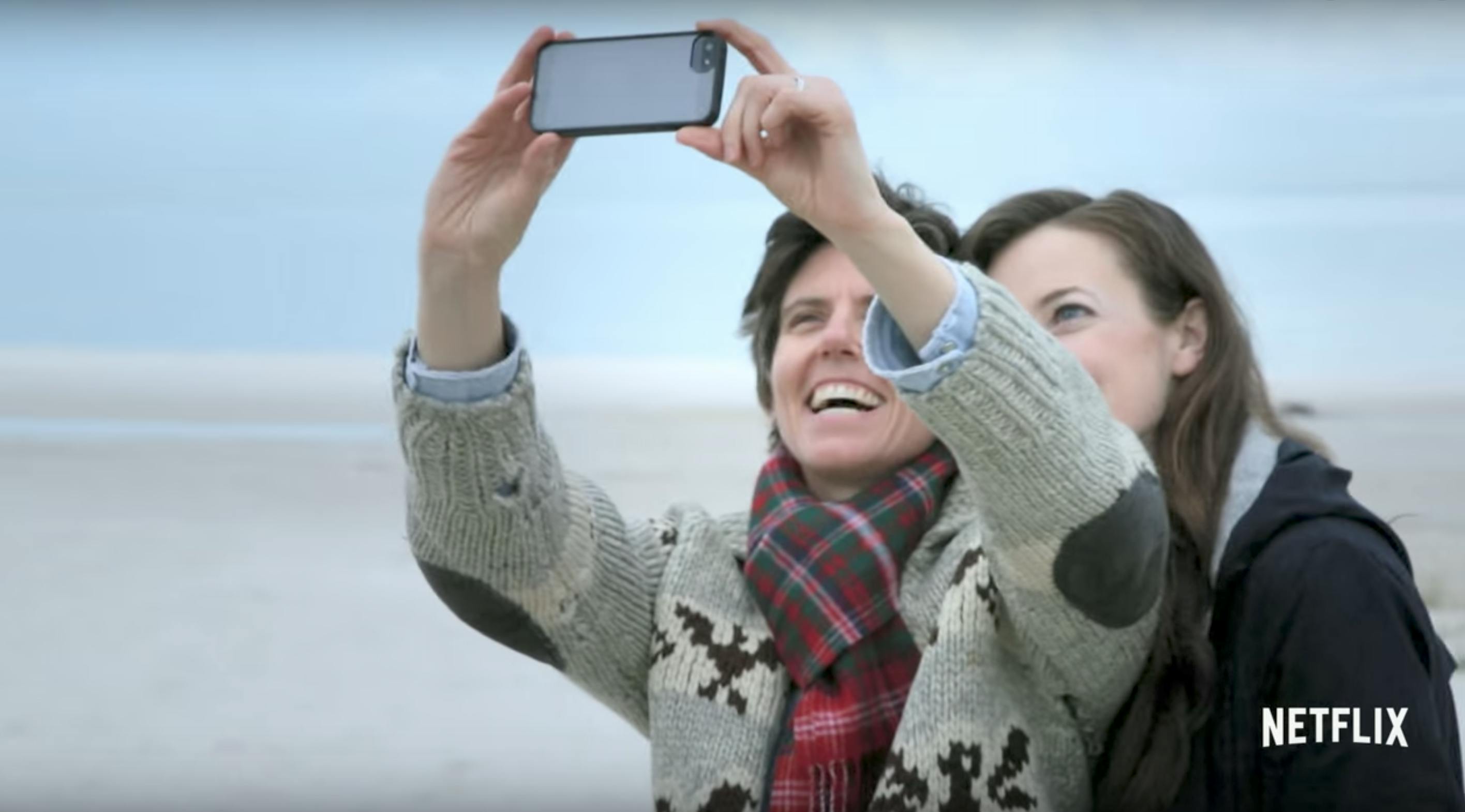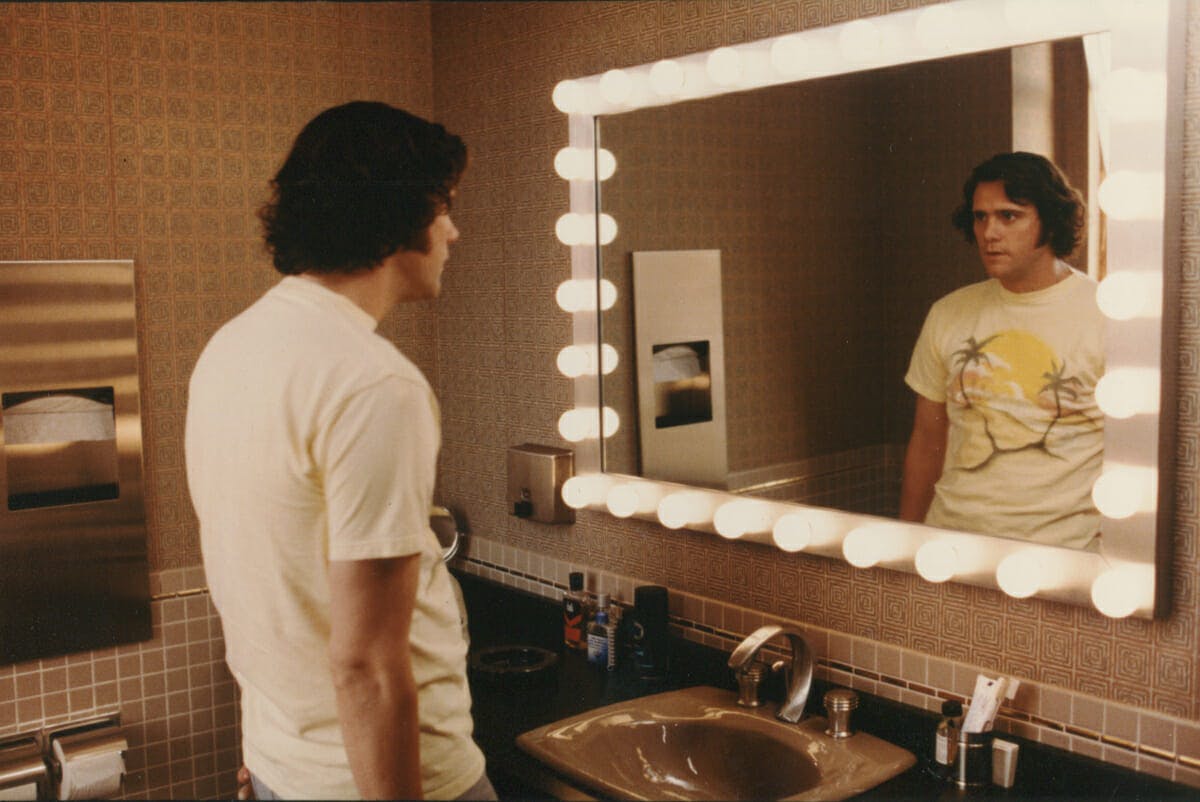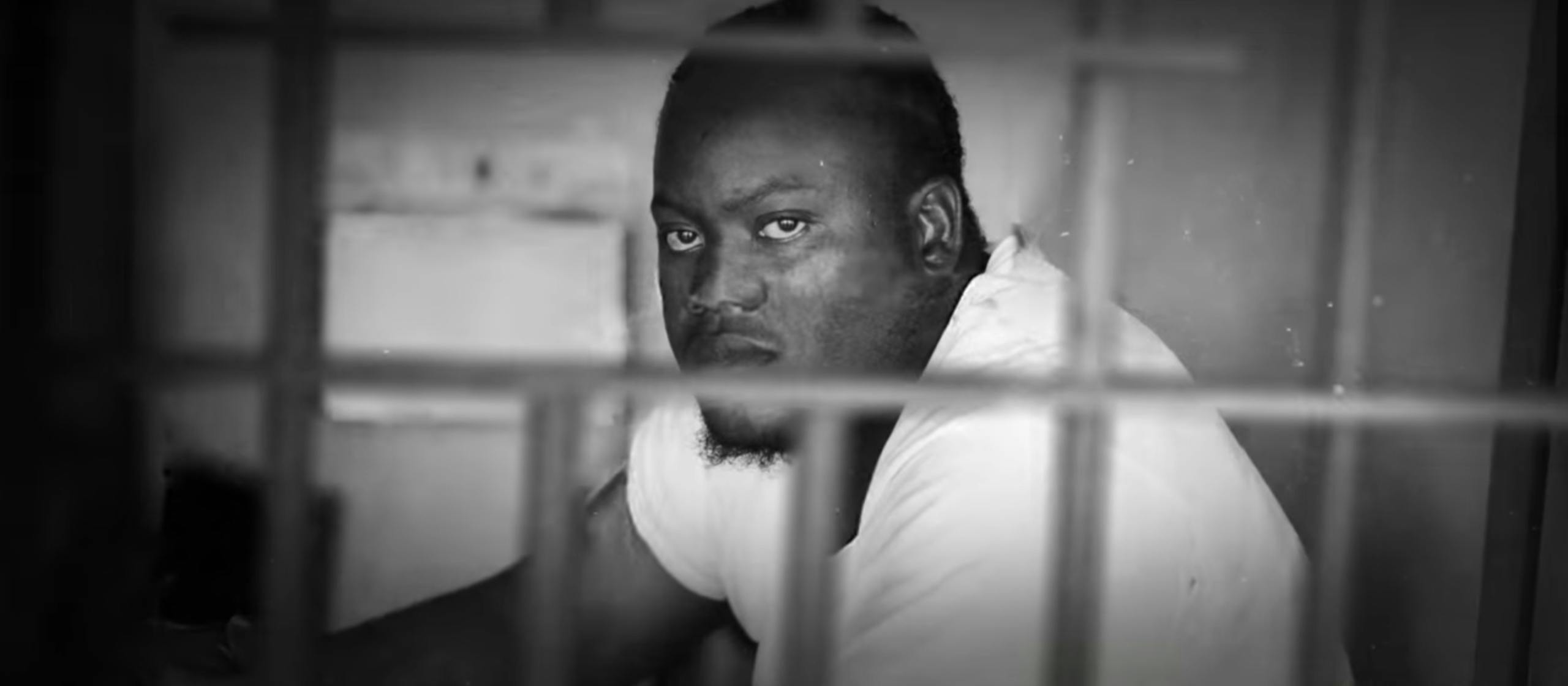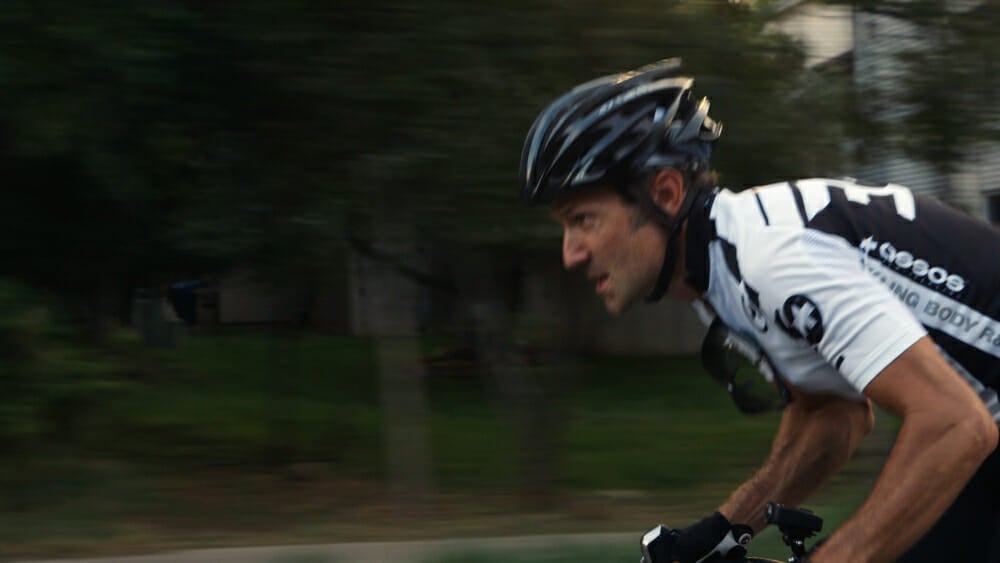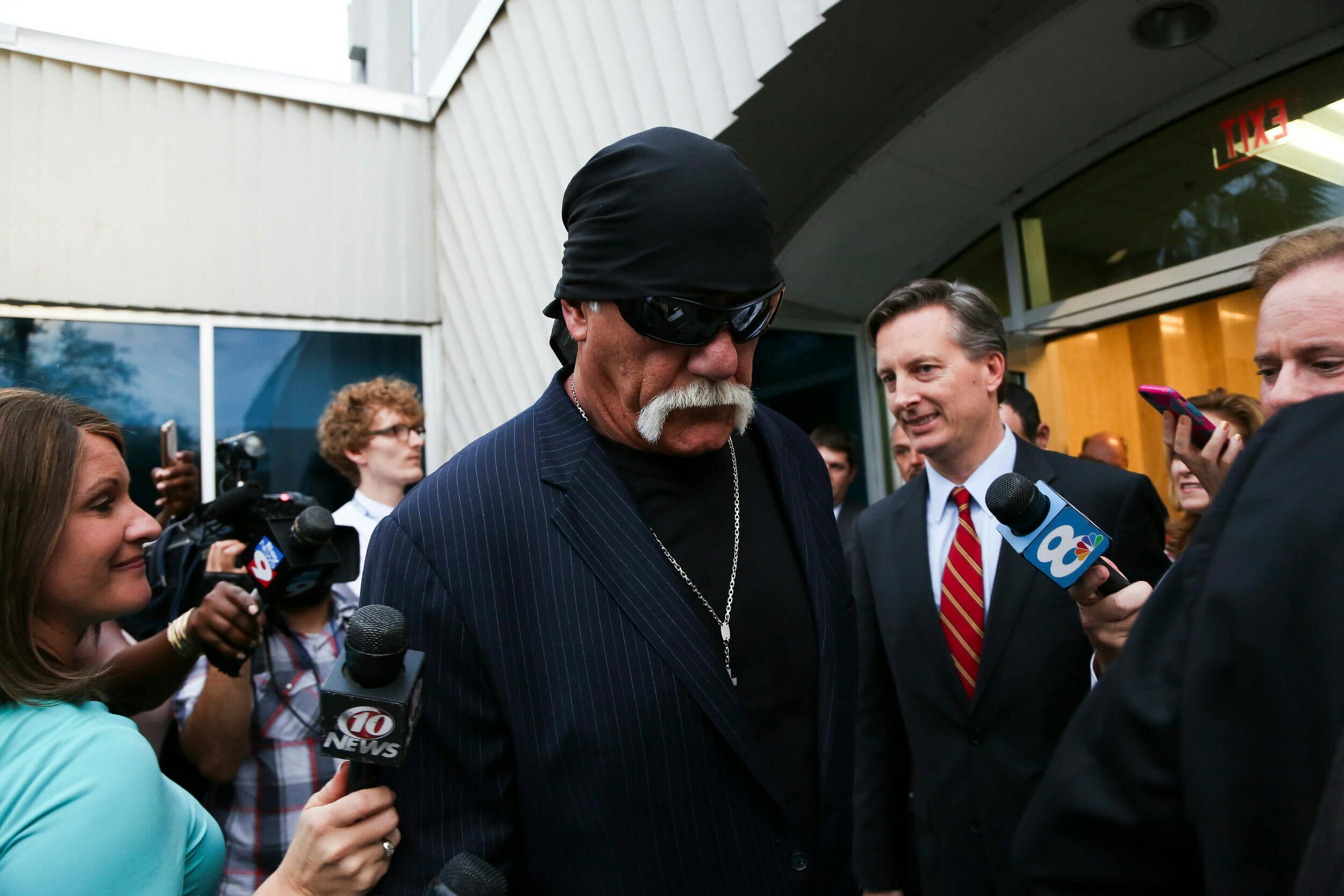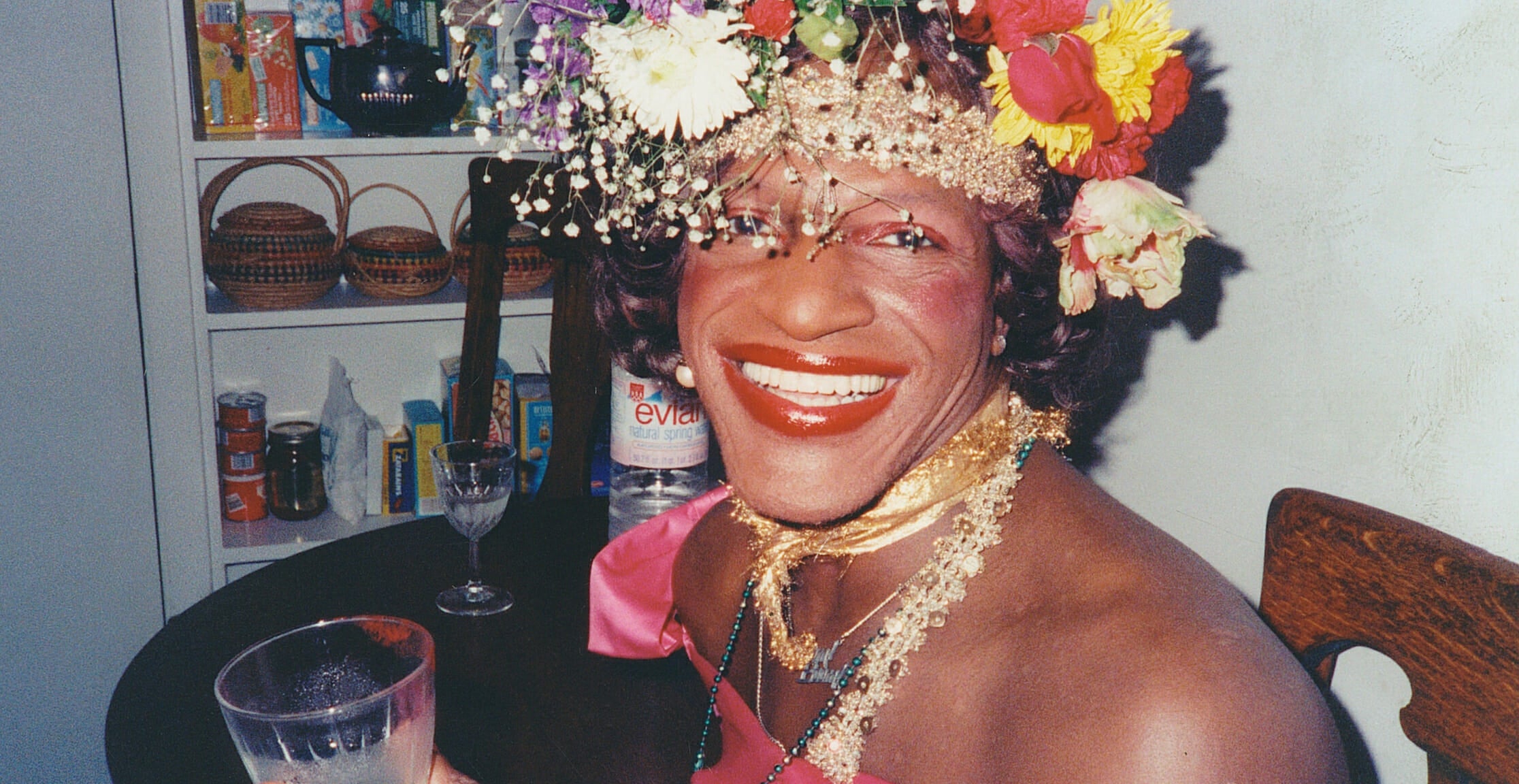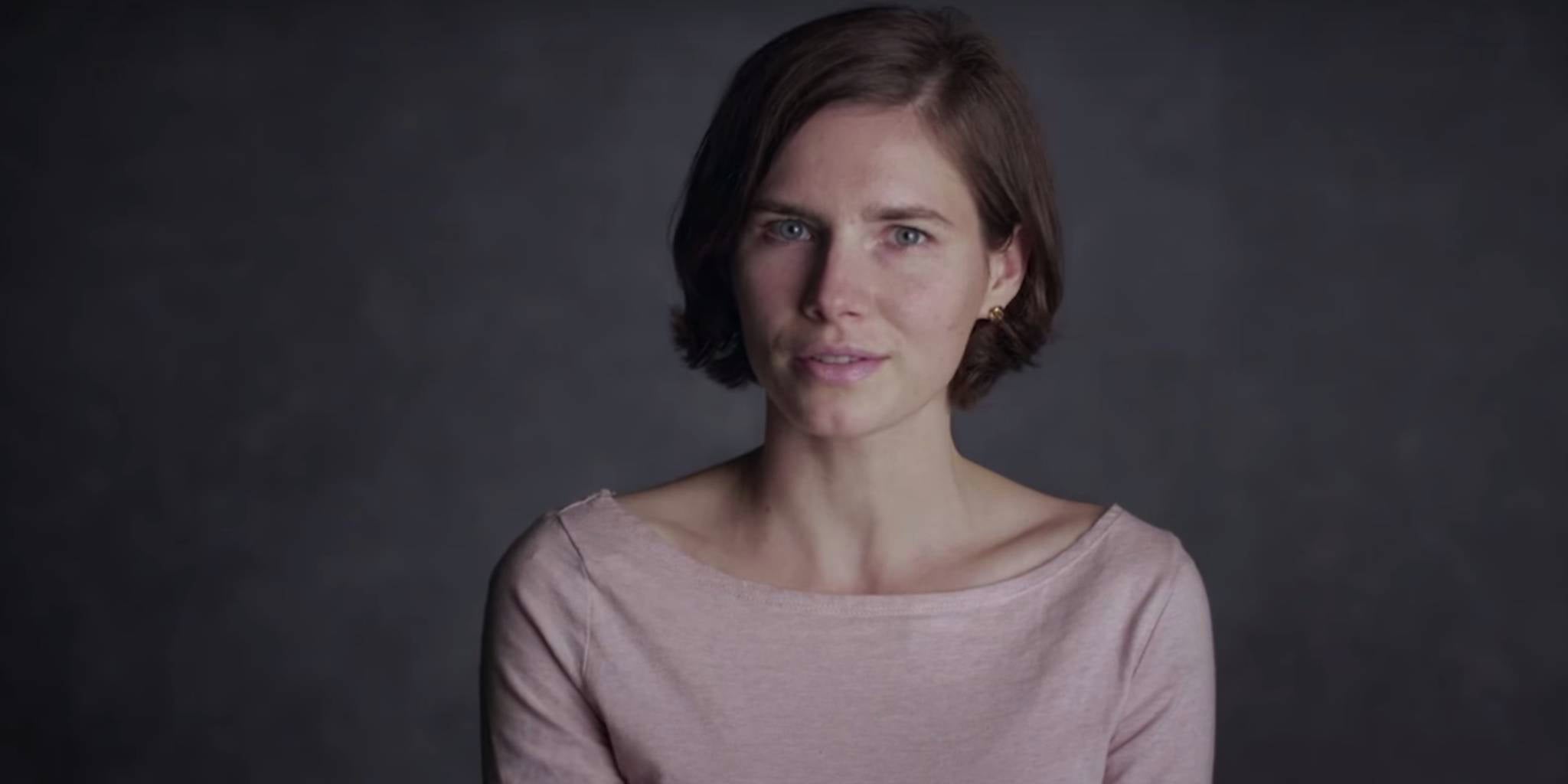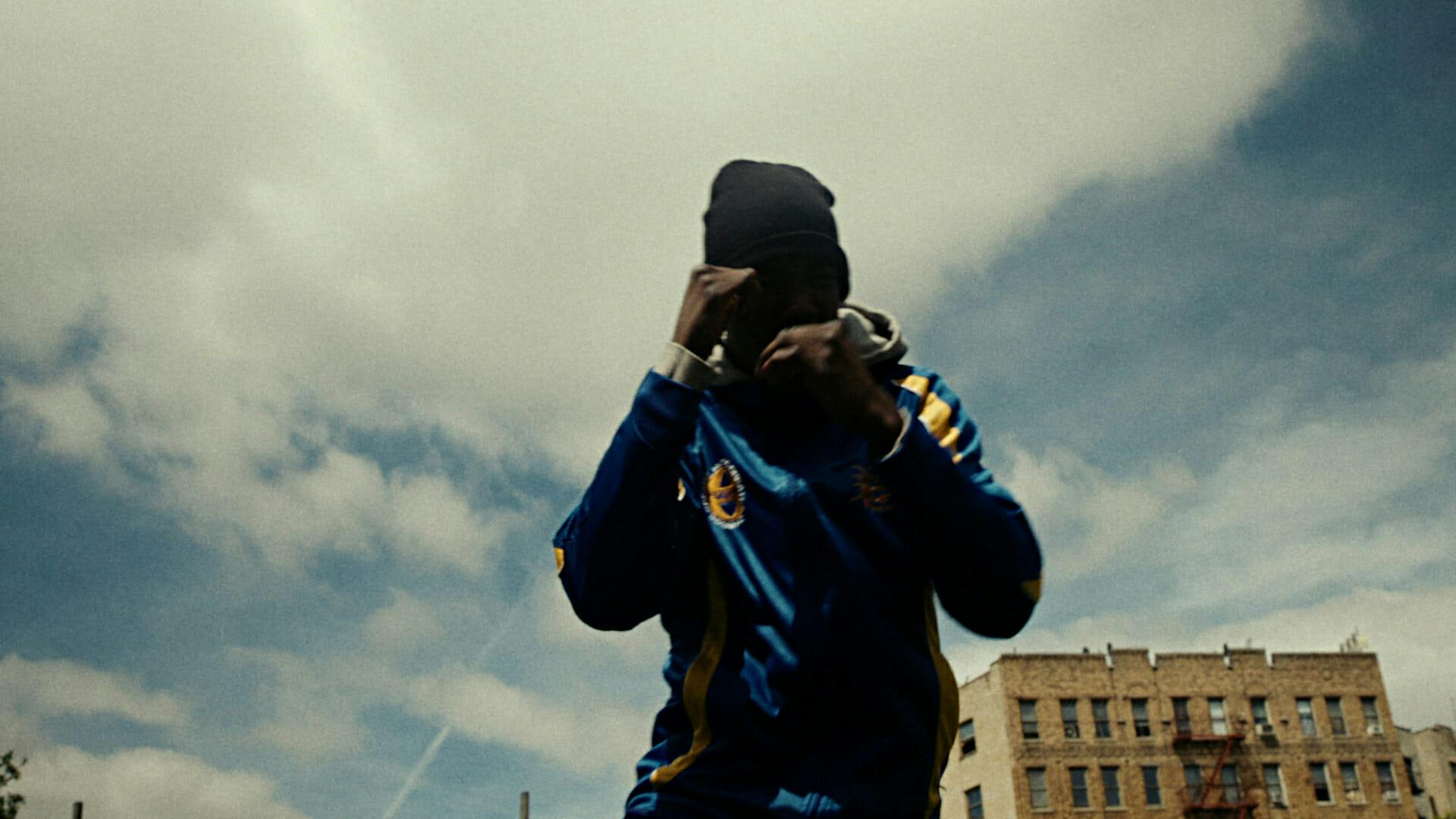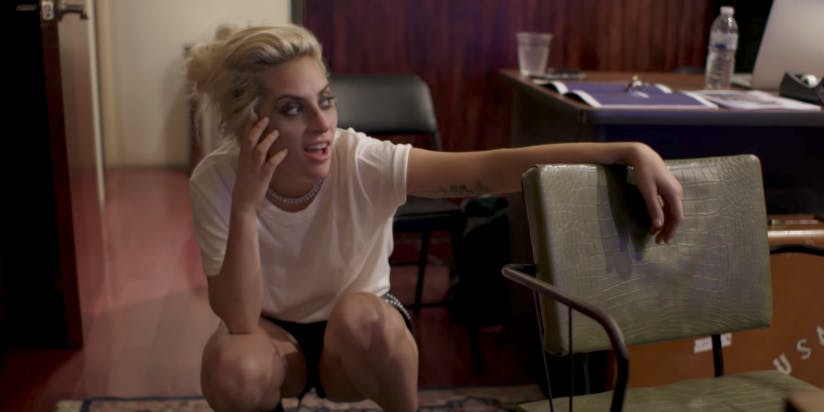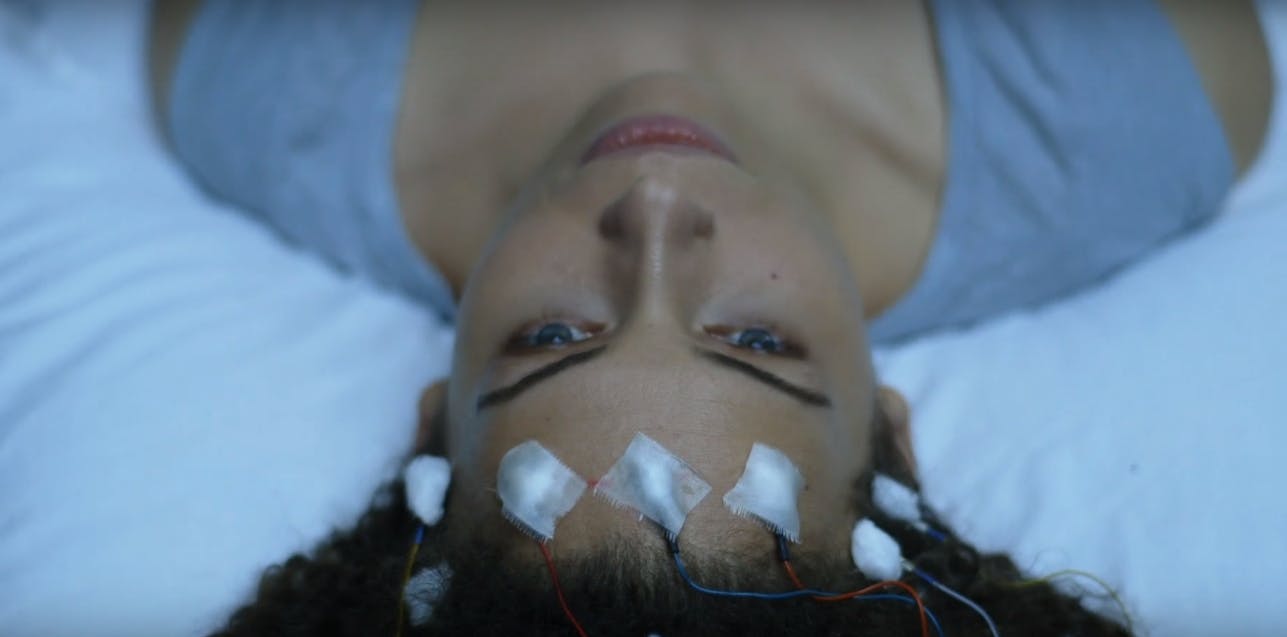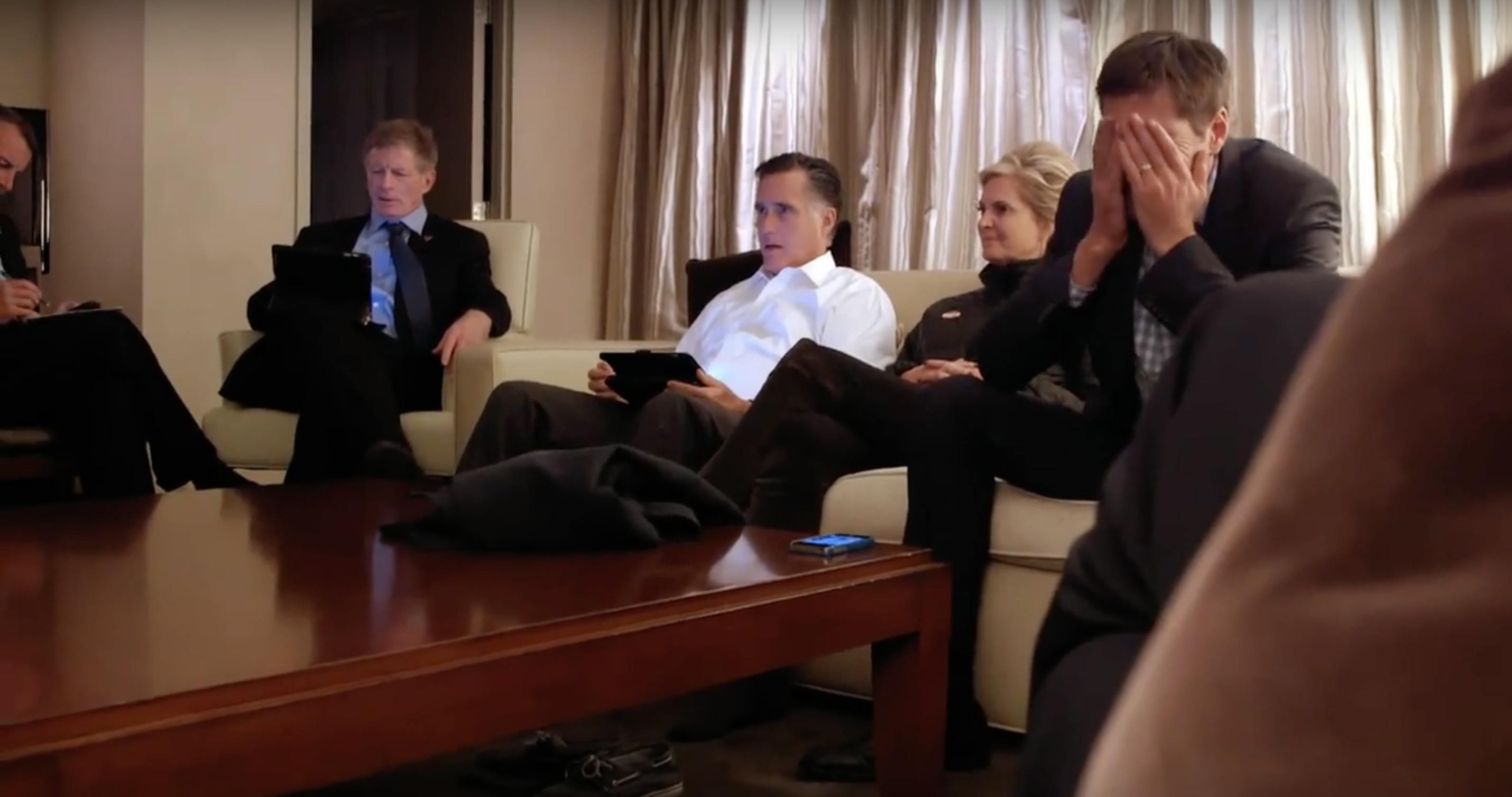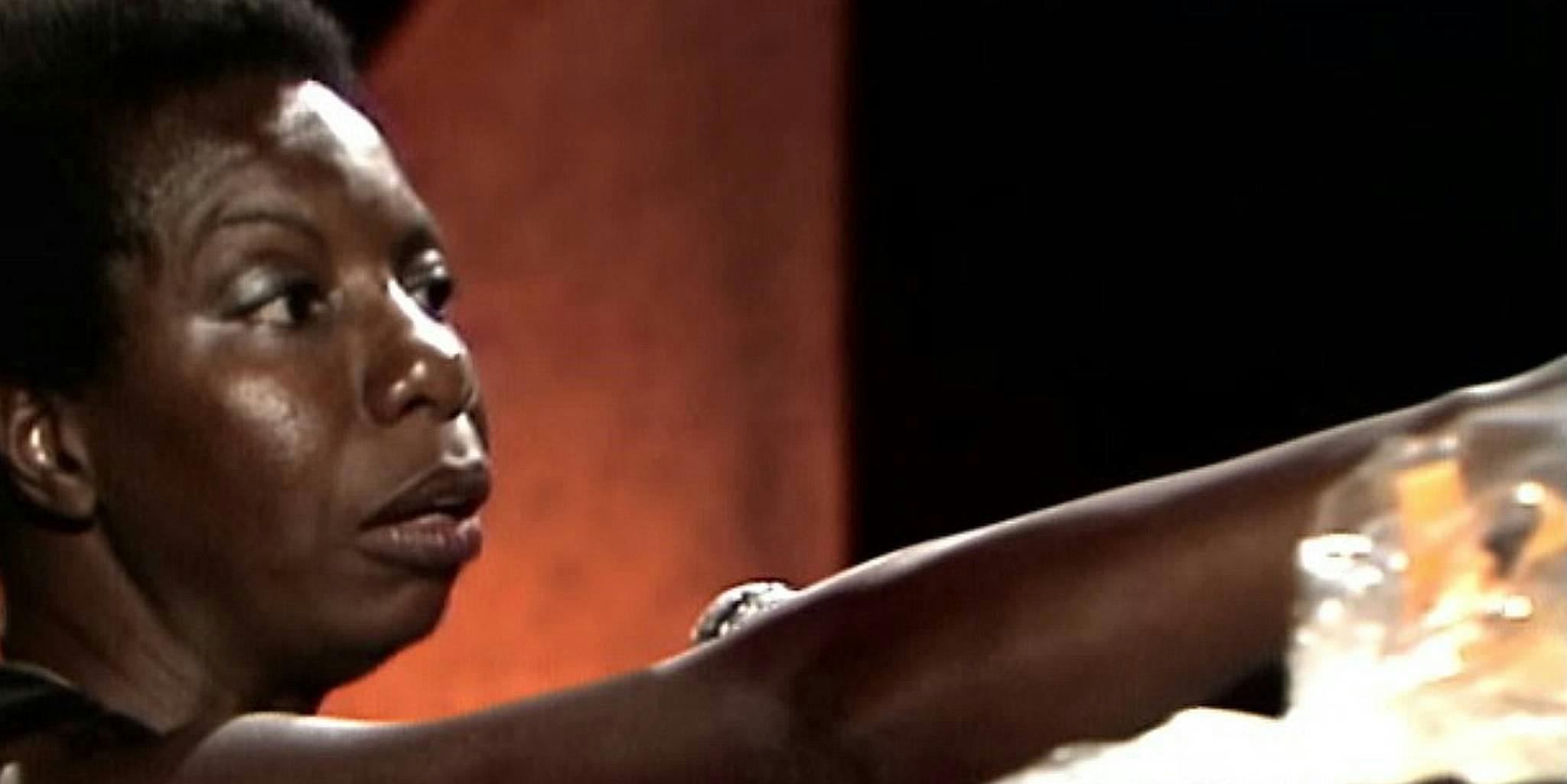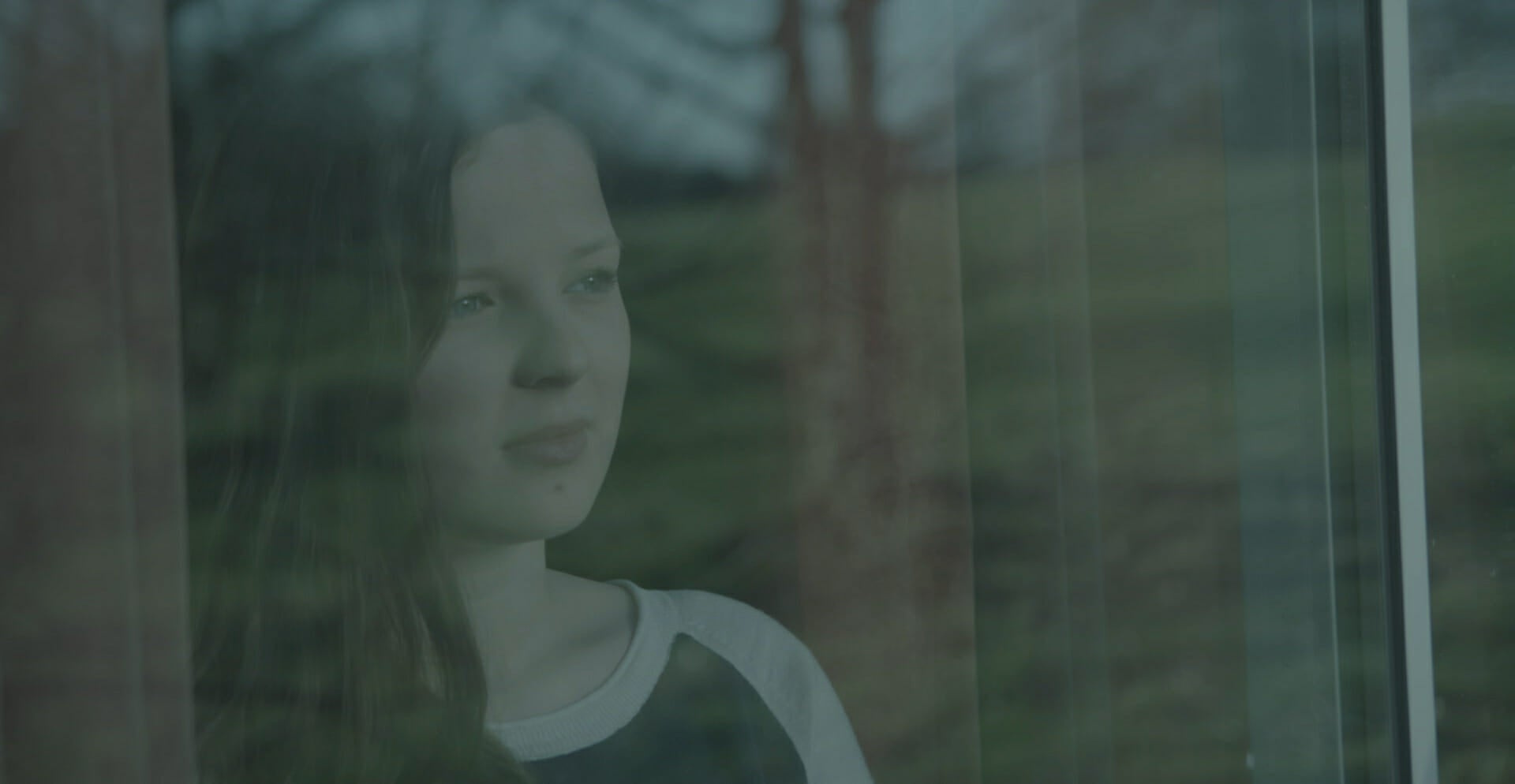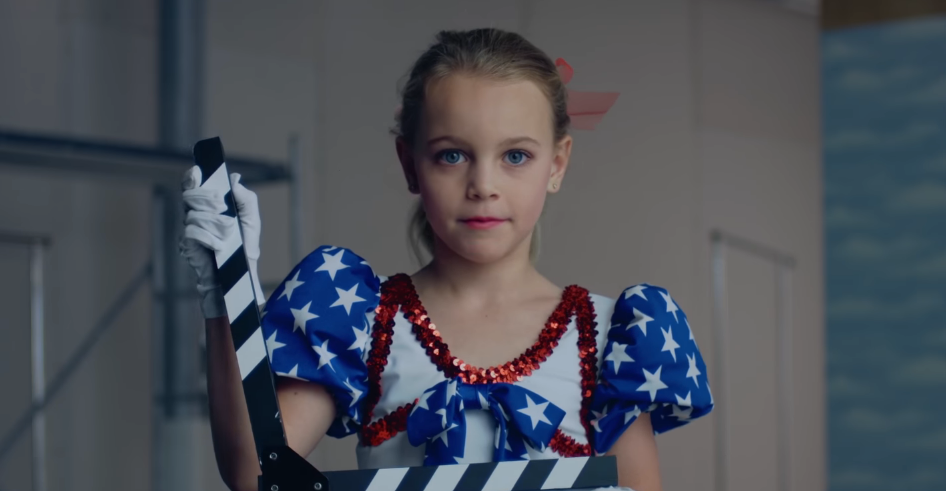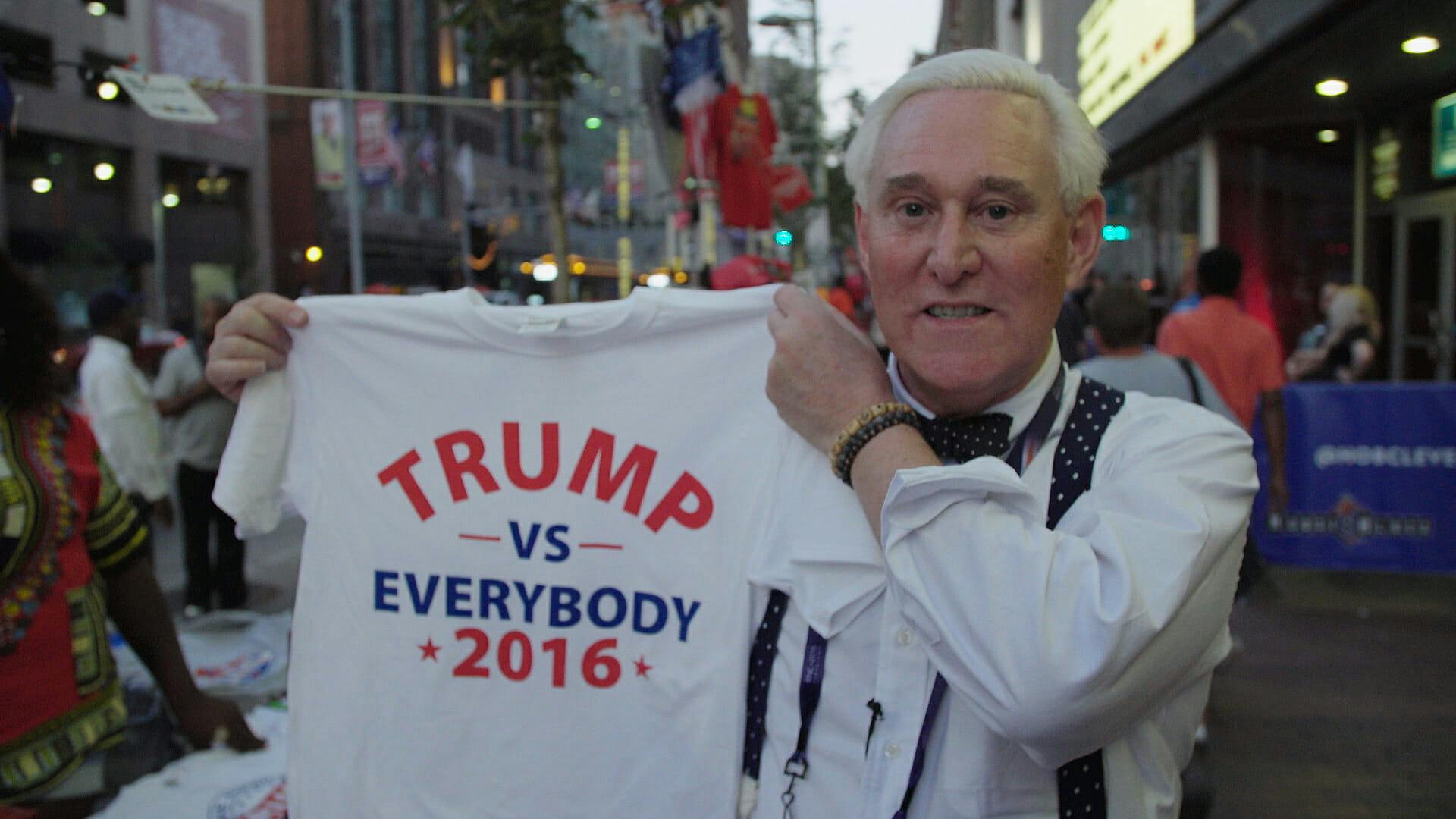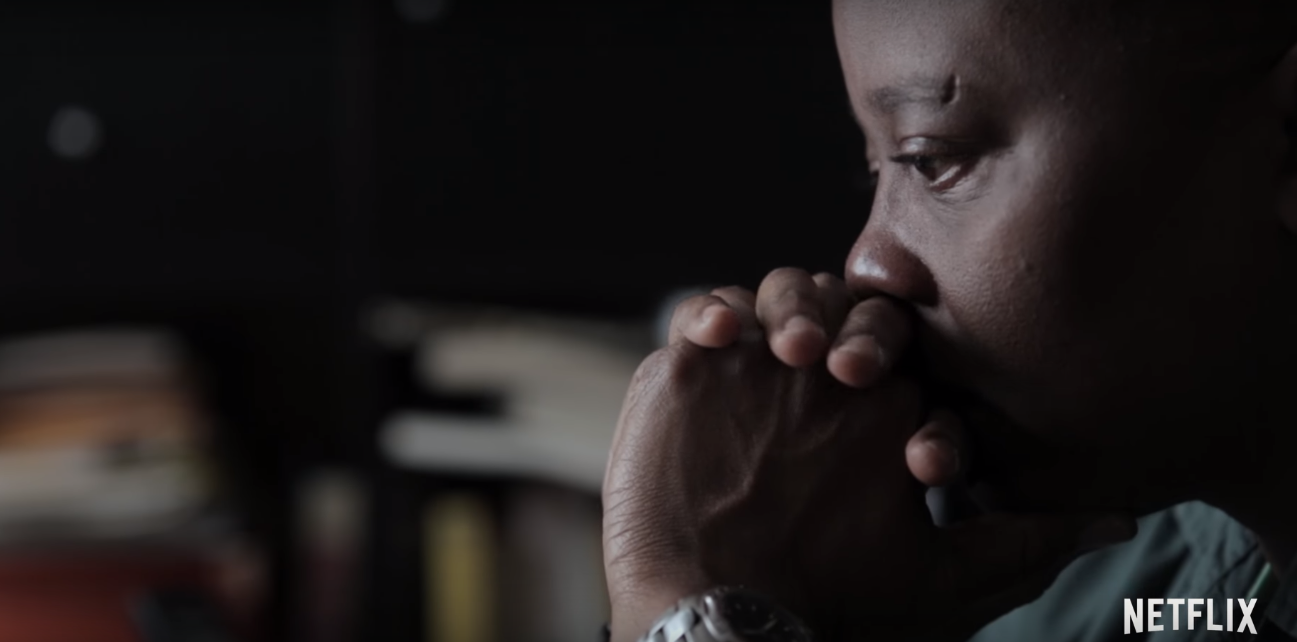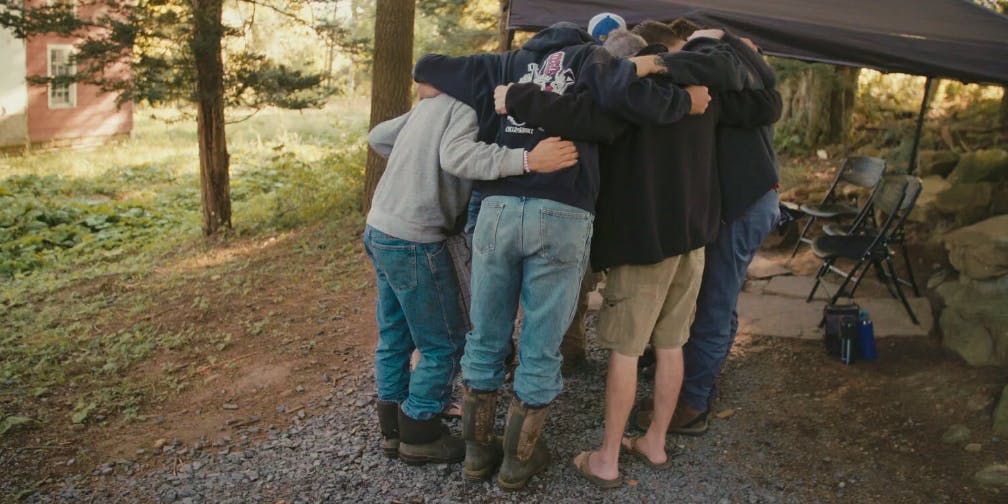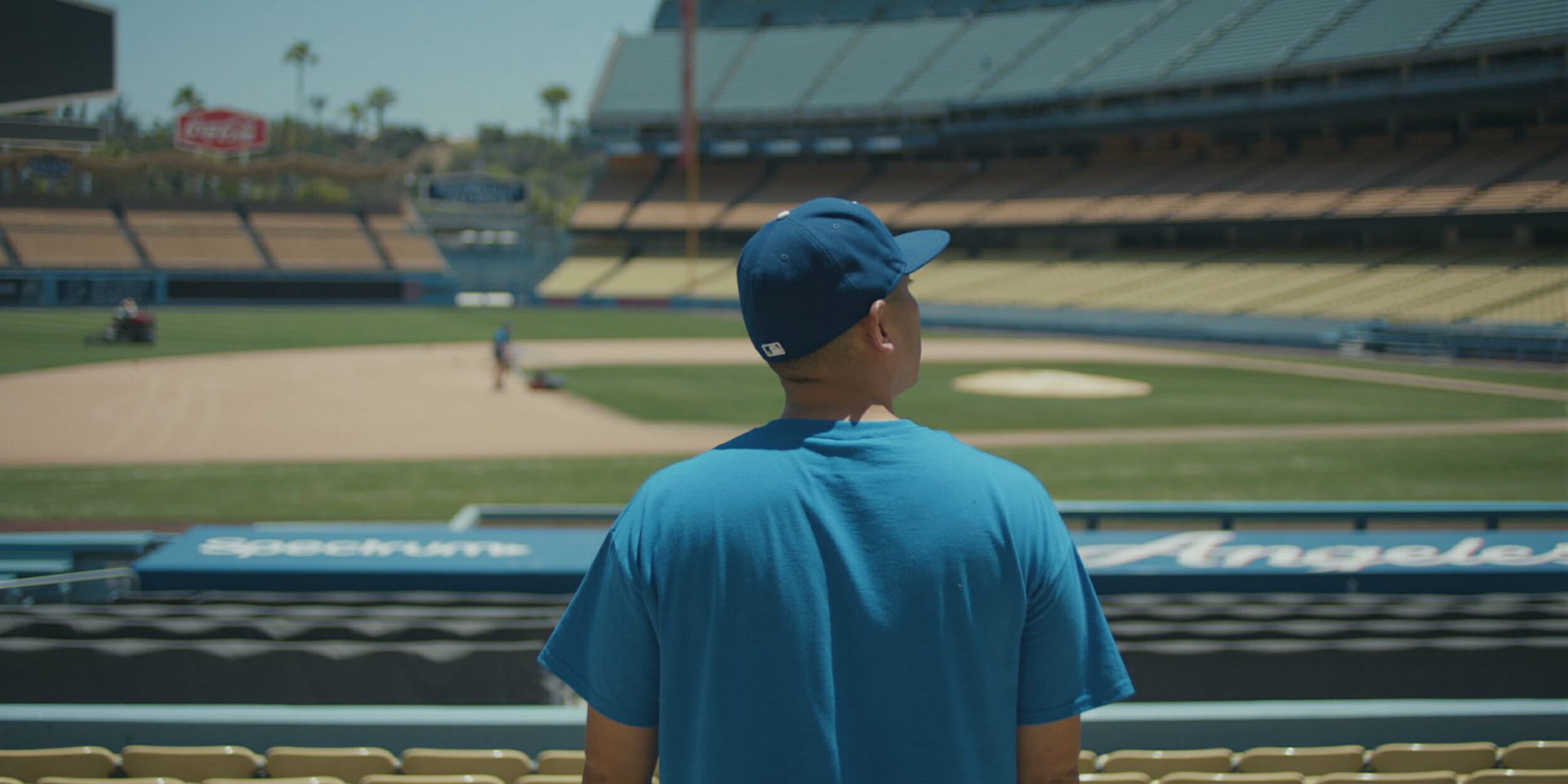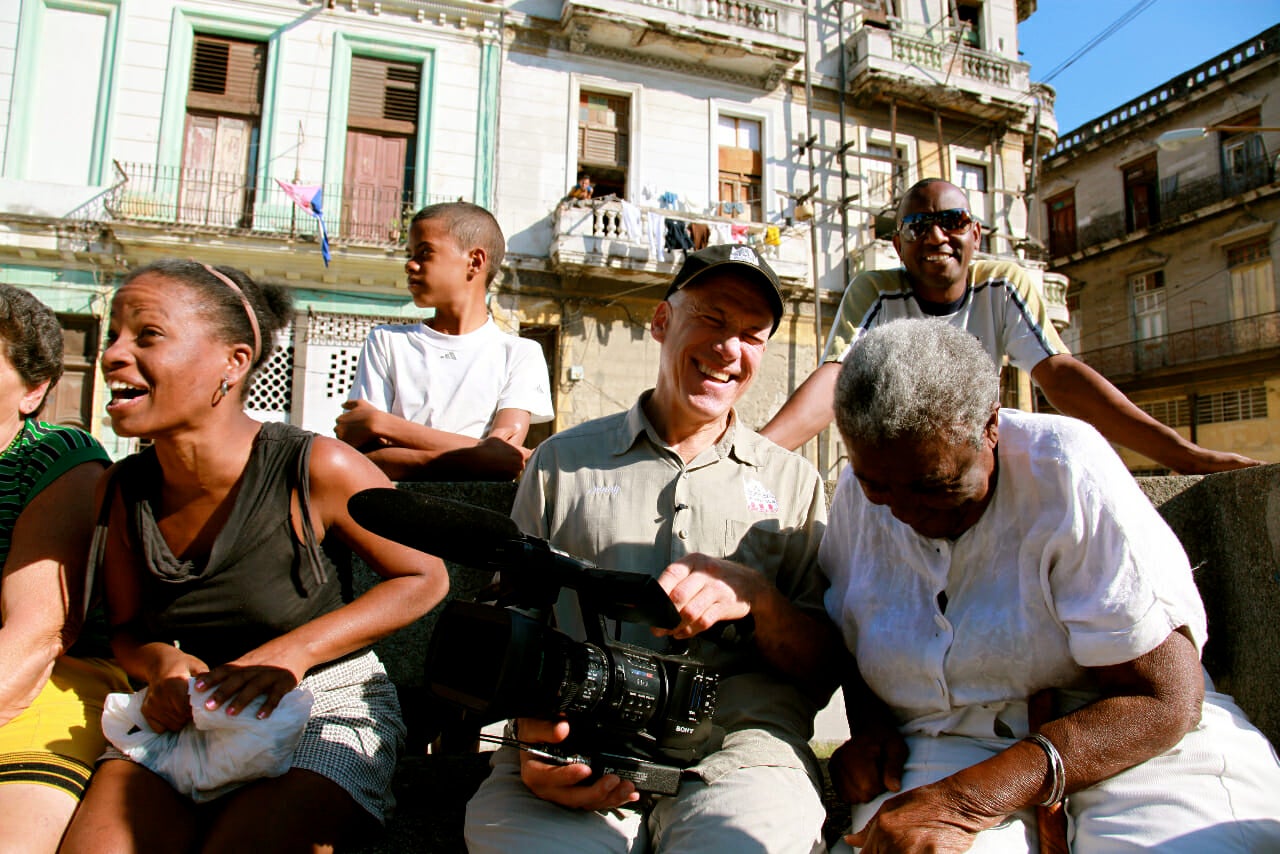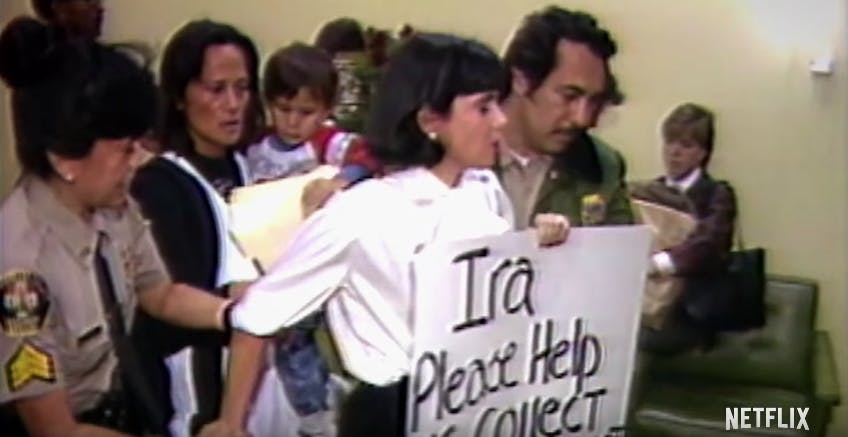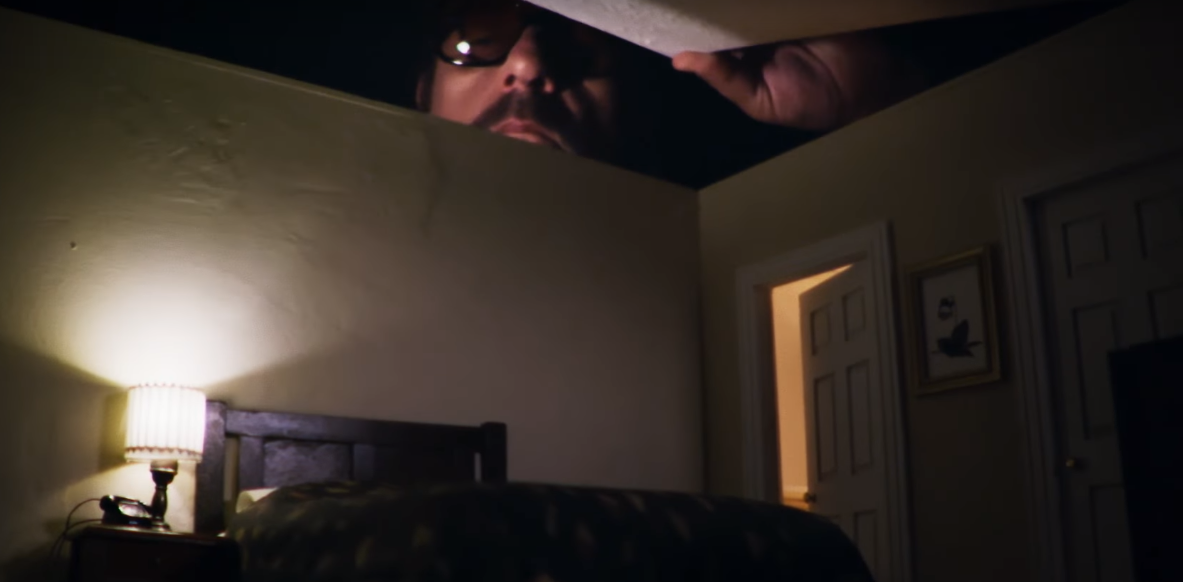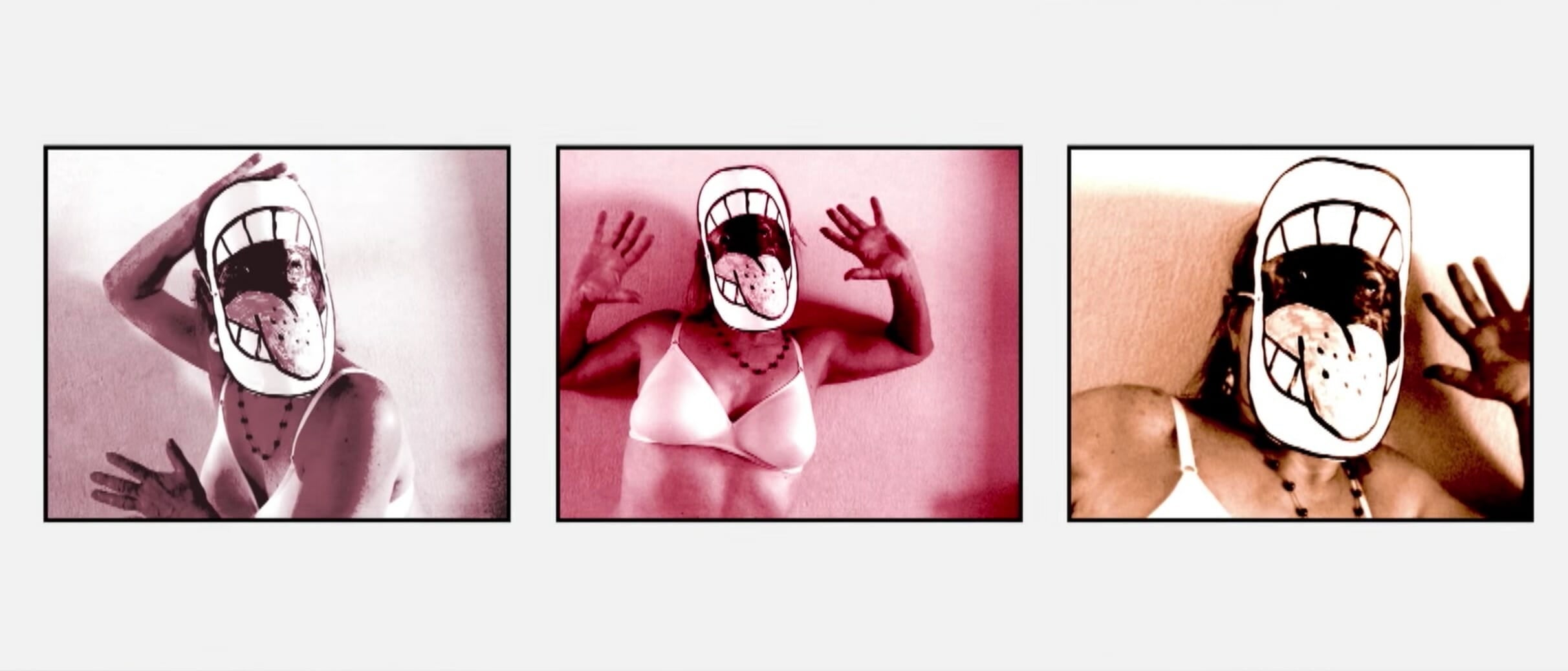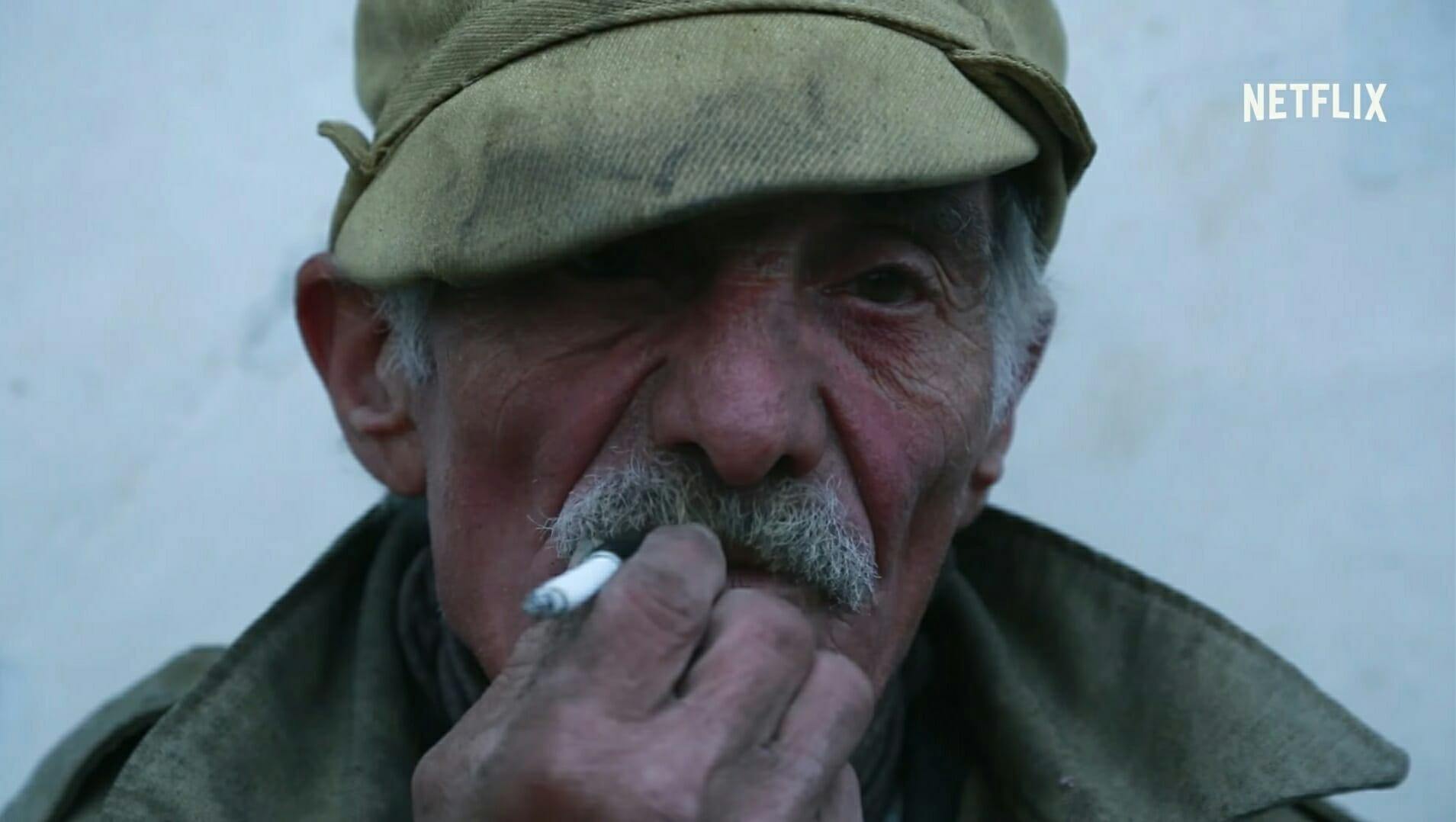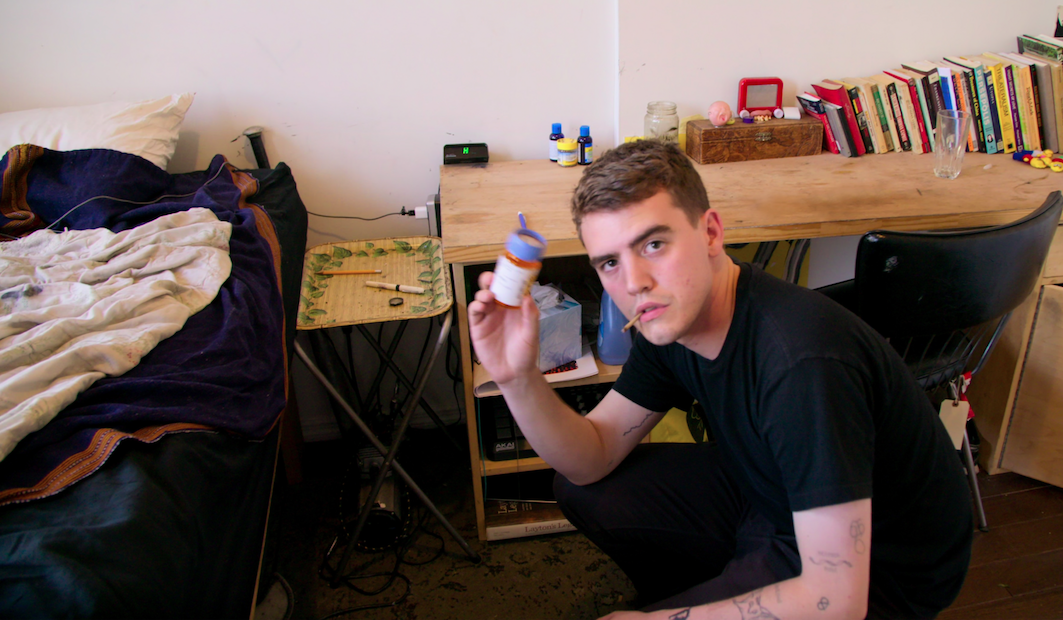When Netflix won its first Oscar in 2017, it unsurprisingly went to a documentary. Granted, it was in the Documentary Short Subject category, but even before Netflix was turning out feature films at a near-weekly pace, its original documentaries were already earning Academy Award nominations and critical acclaim. With that in mind, here are the best Netflix original documentaries to get you started. Catch up on them now, before you get overwhelmed by those 80 other original movies Netflix plans to release in 2018. —Chris Osterndorf
The best Netflix original documentaries
1) Tig
2013 was a breakout year for Tig Notaro—and one of her hardest. During a performance at New York City’s Largo, the lesbian comic came out with her breast cancer diagnosis in a set that became instantly iconic, in part because Notaro only received the news a day before the show—and it closely followed another health scare and the death of her mother. The acclaimed Netflix documentary Tig examines the comedian’s life during her treatment and in recovery—as she and her partner attempt to have their first child. Kristina Goolsby and Ashley York’s film is both as candid and disarmingly intimate as you would expect a film about Notaro to be. The documentary is a testament to human resilience—about finding the courage to go on after enormous hardship. —Nico Lang
2) Jim & Andy: The Great Beyond—Featuring a Very Special, Contractually Obligated Mention of Tony Clifton
When Jim Carrey prepared to play Andy Kaufman in 1999’s Man on the Moon, he went beyond method. In Jim & Andy: The Great Beyond, we see 20-year-old footage of his transformation, as well as “Andy” terrorizing the set and Carrey losing himself in the process. You’ll cringe, you’ll laugh, and you’ll try to decipher Carrey’s existential ramblings. —Audra Schroeder
3) 13th
Although not as formally inventive as I Am Not Your Negro, nor as narratively ambitious as O.J.: Made in America, 13th is the third in a trifecta of great Oscar-nominated documentaries about race in America we got in 2016. From Selma director Ava DuVernay, this film builds off of works such as Michelle Alexander’s The New Jim Crow to explore mass incarceration in the U.S. and eventually ask the difficult question: What if slavery in this country never ended, just transformed? Bound to become an instructional text in liberal schools all over, the biggest criticism one can level against 13th is that at an hour and 40 minutes, there might not be enough of it. —Chris Osterndorf
4) Icarus
Filmmaker Bryan Fogel set out to make a film that exposes the drug testing process in cycling but ends up uncovering something much larger than he could’ve anticipated. With the cooperation of Russian doctor Grigory Rodchenkov, Fabel’s film takes the audience inside whistleblowing on Russia’s long-running and highly successful doping scheme. Icarus is a documentary that plays like a top-shelf legal thriller with life or death stakes. It’s also one of the best documentaries of 2017. —Eddie Strait
5) Nobody Speak: Trials of the Free Press
The best kind of journalism takes you on a journey you didn’t expect. Nobody Speak: Trials of the Free Press starts with a wrestler’s sex tape, then pivots into both a celebration of the fourth estate and a stark warning about the ability of a free and independent press to survive the machinations of the billionaire class. It’s shocking, it’s surreal, and it’s easily the most important thing to come out of Hulk Hogan’s career. —D.W.
6) The Death and Life of Marsha P. Johnson
The Death and Life of Marsha P. Johnson explores the tragic 1992 death of a legendary gay rights activist, officially ruled suicide but which many suspect to be a murder. Director David France uses the film to explore the larger scope of Johnson’s life and impact on both the landscape of LGBTQ rights and those closest to her. —D.W.
7) Amanda Knox
If you knew nothing about Amanda Knox going into this documentary, in which she herself appears, you might be surprised by how cut and dry her case seems (spoiler alert: it’s pretty clear she didn’t do it.) Yet the film is also a reminder of the sensationalism that sprung up around her, and how easy it is to twist a narrative to satiate the public’s appetite for blood. As with any good true crime story, there are elements of Knox’s case which are strange. She didn’t always act like a “typical” girl, she didn’t behave as she “should’ve” in certain situations. But under similar circumstances, who’s to say how any of us would react? Perhaps there are details of that night in 2007, when Knox’s roommate Meredith Kercher was murdered, that we’ll never fully understand. Certainly, a lot of people involved jumped to the wrong conclusions initially. But the film argues that the media’s portrait of “Foxy Knoxy” was as much a part of the case’s mishandling as anything else. —C.O.
READ MORE:
- The 105 best movies on Netflix
- The best Netflix original series
- What’s new on Netflix
- 14 Netflix hacks that will change your life
8) Counterpunch
The best sports stories aren’t about the numbers on the scoreboard, but rather the human drama behind them. CounterPunch introduces three young boxers at different places in their careers, and through exploring their trials and tribulations, paints a broader picture of the state of boxing as a whole. Whether it’s the promising up-and-comer, the Olympic hopeful, or the pro trying to reclaim past glory, CounterPunch illuminates the choices and challenges facing aspiring boxers in the modern era. —D.W.
9) Lady Gaga: Five Foot Two
Five Foot Two documents the months leading up to Lady Gaga‘s record-breaking Super Bowl halftime performance. It does a lot to humanize the pop star, whose meat dress-wearing, hatching-out-of-an-egg-on-the-red-carpet persona admittedly hasn’t been the most accessible over the years. In the doc we get to see her in jorts at her grandma’s house, dealing with chronic body pain, and checking the aisles of a Walmart for her new CD. In other words, she’s ready to be relatable. By the end of the vulnerable, behind-the-music documentary, we’re intimately familiar with our lord and pop savior Stefani Germanotta. —Christine Friar
10) Unrest
Unrest is a blunt look at the harsh realities faced by those who suffer from Chronic Fatigue Syndrome. Between the lack of public awareness and the medical community’s inability to find a cure or treatment, those afflicted with CFS struggle to get out of bed, literally. CFS upends the lives of the people stricken as well as their family’s. Unrest seeks to educate and motivate, and by the turning the camera on herself, director Jennifer Brea is successful on both counts. —E.S.
11) Mitt
A portrait of hubris that somehow remains extremely compassionate, Mitt feels like it was made in a different world compared to the political landscape of today. Tracking the run of 2012 presidential candidate Mitt Romney, Greg Whiteley’s film is surprisingly humanizing, stripping away the robotic image Romney had as a political candidate and uncovering a guy that folks on either side of the aisle might find something in common with. A scene in which his family chuckles along to an audiobook of David Sedaris while they eat dinner, for instance, is both surreal and disarming. Then there’s the other side of Romney the documentary captures—the side that was so confident he would win, he hadn’t even prepared a concession speech. —C.O.
12) What Happened, Miss Simone?
Did you know her real name was Eunice Kathleen Waymon? “Nina Simone” was a stage name because she didn’t want her mother knowing she was performing in saloons at the start of her career. And this Netflix-produced documentary opens with her less-than-humble start in 1930s North Carolina and progresses through her journey across the country to become a pioneering all-timer. With archived footage and priceless family photos, Simone’s identity as a black political activist during the civil rights era and her struggles with mental illness are brought front and center. (Her alluring, timeless performances? Plenty of that too.) –Nia Wesley
READ MORE:
- The 50 best documentaries on Netflix
- 14 mind-blowing nature and science documentaries on Netflix
- 8 Netflix original docuseries you should add to your queue
- The 12 best ’90s movies on Netflix, according to the critics
13) Kingdom of Us
Director Lucy Cohen’s heart-wrenching Kingdom of Us is a touching and intimate view into the lives of a grieving wife and her seven children, all attempted to understand why patriarch Paul Shanks killed himself in Warwickshire, England’s Crackley Woods. Through old family videos, interviews, recited writings, and even songs, Cohen provides her documentary with precipitous depths to coping with mental illness and extraordinary loss. She goes inside the photographic negative of the supposedly happy family living out an idyllic countryside life and finds what went wrong. —Kahron Spearman
14) Casting JonBenét
This documentary looks at the infamous and unsolved murder of JonBenét Ramsey and takes an unusual approach. Director Kitty Green interviews young actresses who are vying for the part of JonBenét. Filtering a case everyone has heard through this meta lens adds a layer of surreality to the story, which is plenty bizarre to begin with. The result is an unsettling doc that examines the impact JonBenét’s murder has had on the local community. —E.S.
15) Get Me Roger Stone
Roger Stone is one of those figures who at first glance seems almost too cartoonish to be real. He’s a bodybuilder with a Richard Nixon tattoo on his back whose wardrobe alternates between Clinton-bashing T-shirts and suits that look to have been raided from Leonardo DiCaprio’s spare Django Unchained costumes. But he’s also very good at the dirty tricks and mudslinging that tend to work all too well at winning elections in this country. Get Me Roger Stone explores not only Stone’s involvement with the Trump campaign, but how his nearly 50 years in the Washington trenches shaped the state of modern politics—for good or ill. As Stone says late in the film: “You wouldn’t hate me if I weren’t effective.” —D.W.
16) Strong Island
In April 1992, William Ford Jr. was shot and killed during a dispute. An all-white grand jury did not indict the white man who killed William, a black man. Strong Island, directed and produced by William’s sister Yance Ford, is a searing look at a family’s loss. It’s also a way for Yance to reclaim her brother’s name and dictate the narrative of his life rather than letting the courts have the final say. Strong Island is an intimate, angry documentary that is also one of the year’s best. —E.S.
17) Recovery Boys
Opioid abuse, specifically in the Appalachian region of the United States, has exploded over the last decade, destroying entire communities in a comparable fashion to the crack-cocaine epidemic of the ’80s. Elaine McMillion Sheldon’s Recovery Boys tells stories of four men at various stages of recovery, learning to parse out their emotional baggage at the Jacob’s Ladder rehabilitation program. Sheldon steers away from the well-tread, poverty-stricken, trailer-park visions of rural addicts, instead focusing on working-class males—a demographic often forgotten or overlooked in the crisis. Recovery Boys only glazes over the root cause of opioid abuse, but the weight of the film is crushing all the same. —K.S.
18) Joan Didion: The Center Will Not Hold
Joan Didion has always been fairly inscrutable. In her writing there is a quiet voyeurism; sunglasses on, straight face. She’s a reporter in the truest sense, and when you read her words, you see the picture she’s painting, but you also wonder what the artist is thinking. Does Joan Didion: The Center Will Not Hold illuminate her at all? If you’re intimate with her work, not so much. If you’re a stranger, it’s a reasonable introduction. Griffin Dunne—actor, director, and Didion’s nephew—directs, and having a family member at the helm certainly offers better access. He goes chronologically, detailing Didion’s early formative years in Sacramento and first job at Vogue, and there are voiceovers of Didion reading portions of her work, but the meat here is Dunne’s interviews with “aunt Joan.” —A.S.
19) Long Shot
The doc focuses on Juan Catalan, who was arrested in August 2003 for the May 2003 murder of 16-year-old Martha Puebla. We see the soft-spoken Catalan present day and in court in 2003. We hear audio of his interrogation by two LAPD officers. Catalan maintains his innocence, but things appear grim. He’s been identified in a lineup by a witness, and detectives seem satisfied. Until this point Long Shot is a fairly routine true-crime doc, but it finds its groove when Catalan picks up high-profile lawyer Todd Melnik, and they try to back up his alibi: He was at a Dodgers game with his daughter the night of the murder. And so Long Shot goes to the tape and starts breaking down the extraordinary circumstances of the game: HBO was shooting an episode of Curb Your Enthusiasm on that same night, and LaMendola heightens the tension by drawing out the big reveal. —A.S.
20) Cuba and the Cameraman
Forty-five years and a thousand hours of film in the making, this doc captures an on-the-ground humanistic version of Cuban progress, or lack thereof. Director Jon Alpert’s began visiting Cuba in 1972 as a documentarian taking advantage of new video technology, trying to see if Fidel Castro’s socialist revolution was, in fact, creating better lives for Cubans. Visit after visit, the investigative reporter entrenched himself in the country’s culture, filming the ordinary Cubans, and eventually earning rare favor with Castro himself. —K.S.
21) Seeing Allred
Civil rights attorney Gloria Allred has been called a “feminist crusader,” “media hound,” and “lightning rod for controversy,” but a new documentary invites the world to consider another descriptor for that list: icon. Directors Sophie Sartain and Roberta Grossman do an amazing job of contextualizing the lawyer’s controversial four-decade body of work within our current political moment. She got her start advocating for women and victims of gender-based crime in the ’70s, and through interviews with her law partners, industry contemporaries, and Allred herself, the doc profiles the advocate just as she’s taking on two of the biggest adversaries of her career: Bill Cosby and President Donald Trump. —C.F.
22) Voyeur
This documentary shines a light on journalist Gay Talese and the scandal surrounding The Voyeur’s Motel. His 2016 book told the story of Gerald Foos, a serial voyeur who modified his Colorado motel so that he could spy on the guests from an attic crawl space that allowed him to peep in through the ceiling vents. Talese’s interactions with Foos raised a whole host of ethical questions, especially when Foos claimed to have witnessed a murder… and that was before a Washington Post story revealed that Foos might not have been telling the truth. —D.W.
23) Laert-se
In Laert-se, comic strips depict the inner workings of a Brazilian cartoonist as she comes to terms with her gender identity. The device serves two purposes: informing the audience of artist Laerte Coutinho’s thoughts, and acting as a way to tell this searing, real story in a straightforward manner. Coutinho is initially hesitant to be intimately honest with documentarian Eliane Brum, but the more she opens up, the more the artwork exposes her thoughts and desires. The end result is a compelling, in-depth look at Coutinho’s transformation. —Dan Marcus
24) The Trader
Director Tamta Gabrichidze’s award-winning documentary looks at the poverty-stricken Republic of Georgia. The country is so poor that potatoes are often more valuable to the citizens than money. Enter Gela, a travelling merchant who sells second-hand clothing and household items in exchange for spuds. The documentary is a potent 25 minutes long, but that’s plenty of time for Gabrichidze to capture the struggle and hopelessness Georgia’s residents face. —E.S.
25) Take Your Pills
Alison Klayman’s Take Your Pills begins with a description of the physical effects of Adderall when it becomes a routine. There are quick cuts, swatches of color, cartoonish animations, and pulsing music. It’s a flood of information to match the film’s subject matter: our need for focus. Unfortunately, the film needs some too. The doc boasts declarations from interview subjects about how we live in a “hypercompetitive order” and are “human capital,” which might seem benign until you start to look at the fringes of the billion-dollar Adderall and Ritalin industry, which, as the film shows, is insidiously marketing medications to kids, and parents, with the promise of better “performance.” —A.S.
Still not sure what to watch tonight? Here are our guides for the absolute best movies on Netflix, must-see Netflix original series, documentaries, docuseries, and movies.
Need more ideas? Here are our Netflix guides for the best war movies, documentaries, anime, indie flicks, true crime, food shows, gangster movies, Westerns, and movies based on true stories streaming right now. There are also sad movies guaranteed to make you cry, weird movies to melt your brain, and standup specials when you really need to laugh. Or check out Flixable, a search engine for Netflix.
Editor’s note: This article is regularly updated for relevance.

